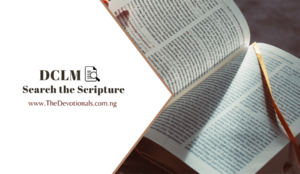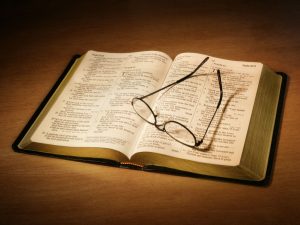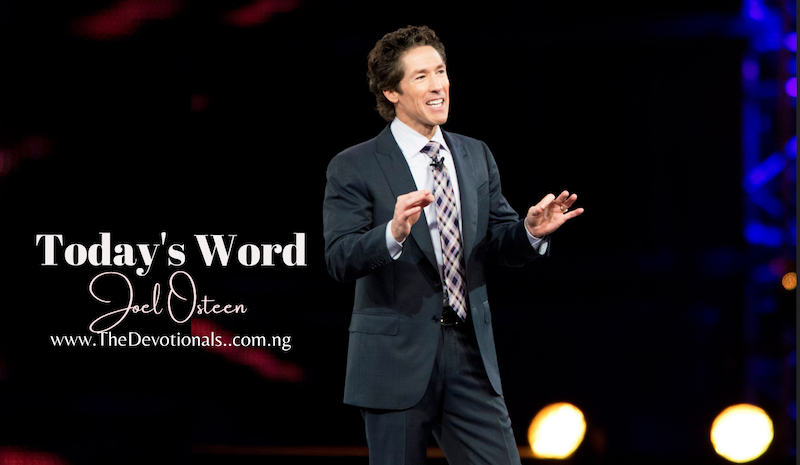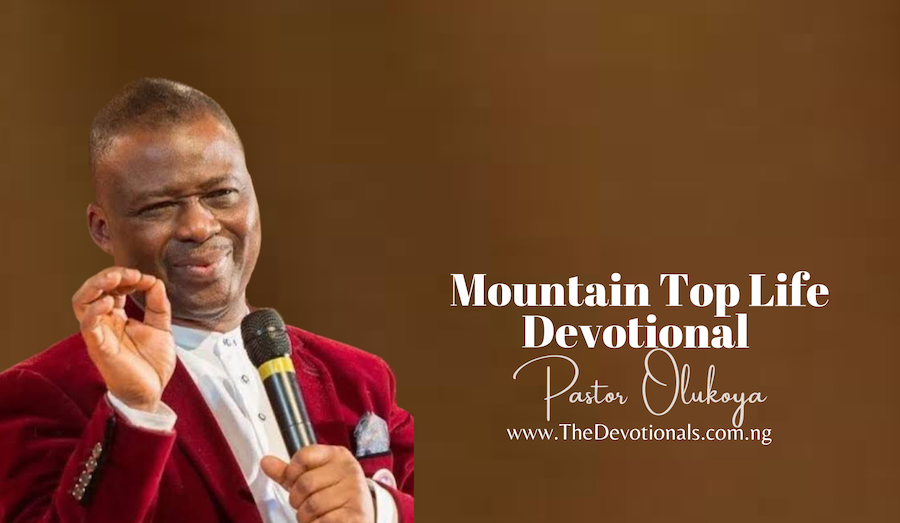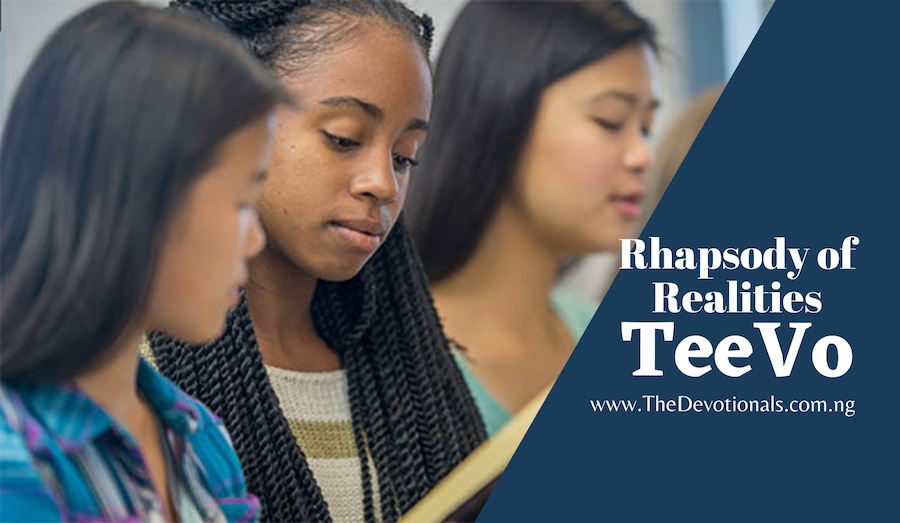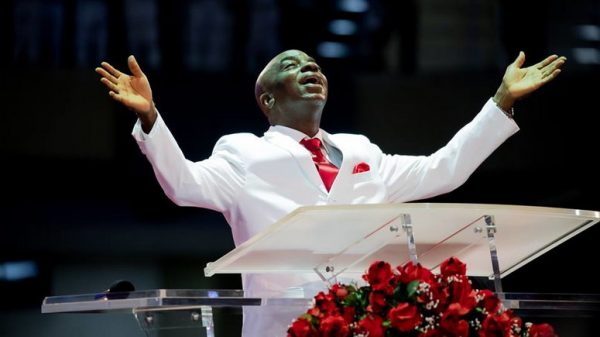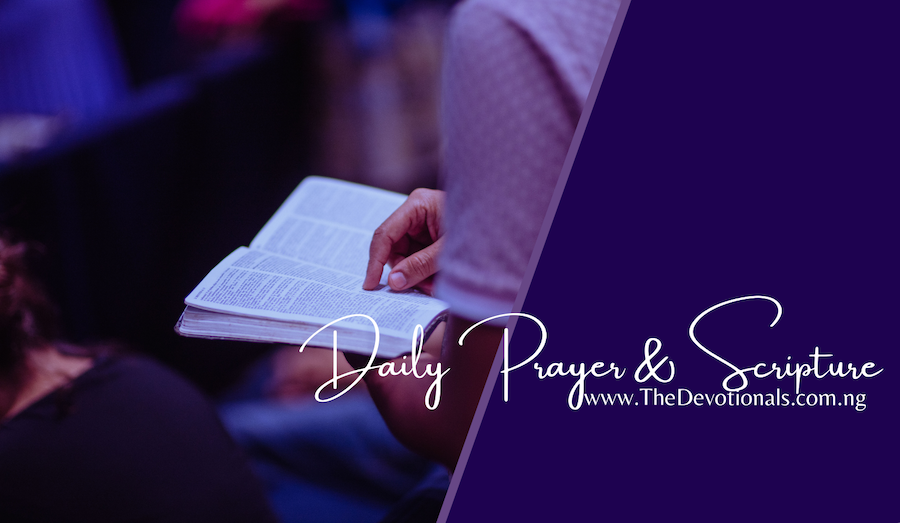Search The Scripture 26th March 2023.
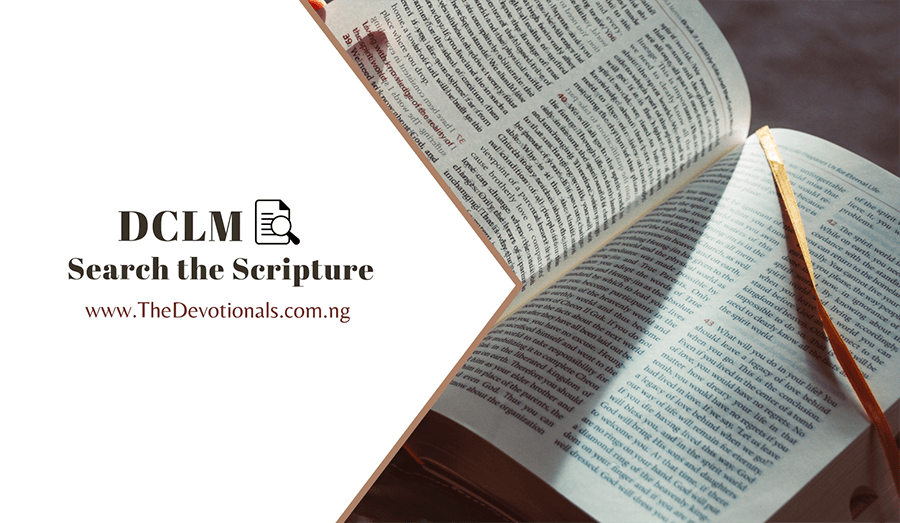
DCLM STS for Sunday 26th March 2023.: Divine Instruction On The Pattern Of The Tabernacle (STS 26 March 2023)
Search The Scripture Lesson: 55
MEMORY VERSE: Exodus 26:30
And thou shalt rear up the tabernacle according to the fashion thereof which was shewed thee in the mount.
TEXT: Exodus chapters 25 to 27
Moses had been on Mount Sinai to receive the Ten Commandments for forty days and forty nights. God commanded him to take offerings from the children of Israel to make the tabernacle, the Ark of the covenant and the brazen altar. “And the LORD spake unto Moses, saying, Speak unto the children of Israel, that they bring me an offering: of every man that giveth it willingly with his heart ye shall take my offering” (Exo 25:1,2). Since the Lord is sovereign, the order has to be obeyed fully.
The people of God were asked to offer willingly, without coercion because God loves a cheerful giver. “And this is the offering which ye shall take of them; gold, and silver, and brass, And let them make me a sanctuary; that I may dwell among them” (Exo 25:3,8). In giving for the building of the tabernacle, it is important to note that none was prevented from giving as much as they wanted. They all gave according to their several abilities.
The whole essence of Christianity is the expression of our supreme love to God by giving our best to Him in appreciation of His best gift to us-His only begotten Son, Jesus Christ (John 3:16). He has also promised to freely give us all things (Rom 8:32). In appreciation, we should demonstrate our love to Him by giving our best, bountifully, cheerfully sacrificially and regularly (2 Cor 9:6,7; 8:1-3; 2 Sam 24:24).
1. SPIRITUAL SIGNIFICANCE OF THE ERECTION OF THE TABERNACLE
Exo 25:1-40; Rev 21:3; 1 Cor 6:19,20; Haggai 1:4-8; 1 Chro 29:14
The tabernacle symbolises God’s presence with His people and foreshadows the future state when God’s tabernacle will be with the redeemed. “And I heard a great voice out of heaven saying, Behold, the tabernacle of God is with men, and he will dwell with them, and they shall be his people, and God himself shall be with them, and be their God” (Rev 21:3). In the New Testament, emphasis is placed on the body of believers as the temple of God, which must be kept holy. “What? know ye not that your body is the temple of the Holy Ghost which is in you, which ye have of God, and ye are not your own? For ye are bought with a price: therefore glorify God in your body and in your spirit, which are God’s” (1 Cor 6:19,20).
Though God does not need a building before fellowshipping with His children (John 4:21-24; Acts 7:48: 17:24; 2 Cor 5:1; Heb 9:11), it is necessary to have a decent constructed building that provides the right atmosphere where His people can worship Him (2 Chro 7:12-16). God is not pleased with believers who do nothing about or care to make it conducive for worship “is it time for you, O ye, to dwell in your ceiled houses, and this house lie waste? Now therefore thus saith the LORD of hosts; Consider your ways” (Haggai 1:4,5).
Giving towards God’s project such as it was done with the tabernacle is an integral part of worship and believers’ key to divine prosperity. On the eve of their departure from Egypt, the Israelites borrowed gold, silver and fine and decorative clothings from their Egyptian neighbours, which were later found useful for the building of the tabernacle (Exo 12:35,36).
The sovereignty and foreknowledge of God came into focus through the way He prepared the Israelites ahead of this project in the wilderness. Truly “Known unto God are all his works from the beginning of the world” (Acts 15:18). Alongside the tabernacle, God also commanded that the Ark of the covenant be made, with detailed instruction on how it was to be constructed. The Ark symbolises God’s presence in the tabernacle.
It was to be positioned in the most holy place (within the veil) where the high priest alone entered in once every year with blood offered for himself and for the people (Heb 9:7). This is similar to the priesthood of Christ Jesus by His blood, has made for us a new and living way into the holiest place of the new spiritual tabernacle.
We now have boldness through Him to appear before the throne of grace (Heb 4:14-16; 10:19,20). There were materials inside the Ark: ONE, the two tables of stone upon which God wrote the Ten Commandments; TWO, the golden pot of manna; and THREE, Aaron’s rod that budded. A mercy seat was also to be made and the material to be used to craft it must be of pure gold.
Also, the table of shewbread (otherwise called bread of presence) was to be made of Shittim wood and overlaid with pure gold. The Lord also commanded Moses to make a candlestick and lampstand. The spiritual significance of the Ark, mercy seat, table of shewbread and the candlestick include: the Ark of covenant as an emblem of God’s presence with His people in the Old Testament, which foreshadows the coming of Jesus Christ, the Emmanuel who became man to dwell with His people (Isaiah 7:14; Matt 1:23). Also, it foreshadows the presence of God with the redeemed in heaven (Rev 21:3) and the pot of manna symbolised God’s provision. Note that for forty years, God’s supply of manna did not fail (Deuteronomy 8:16).
Aaron’s rod that budded shows that God approved of the ministry of His chosen servants; the mercy seat where sin was atoned for foreshadows Christ’s sacrifice for our sins so that they no longer appear in the eye of divine justice and judgement. The mercy seat that was put above the Ark which bore the commandments proves that mercy reigns over judgment.
The table of Shewbread symbolises Christ as the Bread of life (John 6:31-35) and the golden candlestick and the lampstand point to Christ, the Light of the world (John 8:12; 1:9; 12:46), while the pure gold used represents His purity and royalty.
2. SALIENT FEATURES OF THE FURNISHINGS OF THE TABERNACLE
Exo 26:1-37; 40:16-35; 29:43-46; Heb 8:1-5;9:24
“And thou shalt rear up the tabernacle according to the fashion thereof which was shewed thee in the mount” (Exo 26:30). The pattern of the design of the tabernacle was made clear and more comprehensible in Exodus 26. Here, we have the details of how the tabernacle was to be furnished. The ordained furniture for the tabernacle included: the inner curtains (which are ten in number) and their coupling: the colours chosen for them are blue, purple and scarlet and were to be embroidered with cherubs as a mark of divine ownership.
Five of the curtains were to be sewed together so that the ten curtains would form two hangings all together, which would further be coupled together with golden clasps or taches to portray a single structure. This foreshadows a united church fitly joined together by the common salvation and grafted as branches into a single vine, to grow into one holy temple in the Lord (Eph 2:20-22;4:11-16; John 15:1,5). Outer curtains of goat’s hair and ram’s skin preserve the strength and the beauty of the inner curtains from the coarseness of its external environment that can roughen them. Boards were to be made for the tabernacle to bear up the curtains. These boards by their design were to provide support for the curtains. This suggests that special attention must be given to divine directives concerning their structure, strength and number.
They were to be made of Shittim wood, of specified dimensions and design, and to be placed in the right position. Curtains without boards could easily lose their stability when confronted with strong wind. The boards were to be coupled with gold rings both at the top and beneath and were to be held firm by the bars fitted to the sockets to join them together. God directed two veils to be made of blue, purple and scarlet.
The veils were to serve as partition between the holy place and the most holy place. In the most holy place was placed the Ark of testimony overlaid by the mercy seat. In the holy place outside the veil, the table of shewbread was to be set on the north side, while the candlestick was to be placed toward south. The second veil was to be hanged at the door of the tent. There are important lessons to draw from the commandments God gave Moses concerning how the tabernacle was to be furnished.
i. Believer’s must portray total, unalloyed and undiluted obedience to God and His word.
ii. Servants of God must be sensitive and ready to move at God’s command (Exo 40:16-33; Heb 3:5).
iii. God’s presence is with believers, as symbolised in the tabernacle (Exo 29:43-46; 40:34,35).
iv. The tabernacle foreshadows Christ, who is the real embodiment of God’s presence (Heb 3:1-44 8:1-5;9:24; Rom 10:4).
v. The tabernacle shows the reverential fear that should characterise our worship just as no one dared to enter the most holy place presumptuously.
3. SACRED DIRECTIVES ON THE ALTAR OF BURNT OFFERING IN TABERNACLE
Exo 27:1-21: Lev 10:1,2; Heb 13:9; John 1:29; Psalm 119:110; Matt 5:14-16
God further commanded Moses to make an altar of burnt offering out of Shittim wood and overlay it with brass; hence, it was also called the brazen altar. The dimension was five cubits in length, breadth and height. Each of the four corners projected upwards to the form of the horns of the altar. The horns of the altar depict yielded and total submission to God’s will.
It is also a symbol of might and the protection of God. Other vessels associated with the altar were pans, shovels, basins for collecting the blood of animals poured out by the priests, the flesh hooks and fire pans for carrying the fire of the altar. The fire must be taken from the brazen altar every morning and it must not go out.
Fire here symbolises the Holy Ghost. Strange fire must not be offered the thereon. Nadab and Abihu, sons of Aaron, died for offering strange fire (Lev 10:1,2). This teaches us that we must not buy into every wind of strange and false doctrine so our faith and that of our converts are not subverted but resist them. “Be not carried about with divers and strange doctrines.” (Heb 13:9).
Also, as the fire on the altar must keep aglow so must a believer always be on fire for the Lord in holy living, evangelism, ministry of the Word and prayer. The altar of burnt offering was located in the outer court of the tabernacle. Curtains were used as fence for the tabernacle. In the same vein, the Church is to be separated from the world’s principles and practices.
The separation of this altar is also to ease its carriage because Levites were to carry it on their shoulders as they journeyed through the wilderness. Immediately a worshipper entered through the gate, the first object he would notice was the brazen altar. Different sacrifices made on the altar were burnt offerings, sin offerings, meat offerings, trespass offerings and peace offerings. The altar of burnt offerings depicts atonement by the blood of an innocent victim.
Today, Jesus Christ has been made the perfect Sacrifice for us (John 1:29). Furthermore, God commanded Moses to direct the children of Israel that they bring the pure olive oil that had been refined for the purpose of lighting, to make the lamp to burn always (Exo 27:20). The word of God is the believers’ lamp (Psalm 119:105) that illuminates their mind regarding courses of action to take in their Christian lives. Thus, God’s word must be given adequate reading and listening attention.
A believer who is to shine as light in the world is also expected to be filled with the Holy Ghost. “Let your light so shine before men, that they may see your good works, and glorify your Father which is in heaven” (Matt 5:16). Our lesson emphasises that the worship of God in His appointed place should be conducted according to His specifications just as the materials of worship should be those He has chosen, Beware of strange altars and fires!
QUESTIONS FOR REVIEW:
- What are the conditions to be fulfilled to make our giving acceptable to God?
- Briefly describe the spiritual significance of the tabernacle, the Ark, the mercy seat, the table of shewbread and the candlestick.
- What can we learn from the divine details on how the tabernacle was to be furnished?
- What is the New Testament interpretation of the pure oil that makes the lamp to burn always in the tabernacle
- How should believers treat the place of worship and their body as the temple of God?
- Mention some ways that these tabernacle materials point to Christ, the express image of God.
- Why are believers expected to shine as lights in the world?
Read Daily Manna devotional for today
Thank you for reading. This manual was shared via www.TheDevotionals.Com.NG
♥Blessed by this? Click here to Share This Devotional
